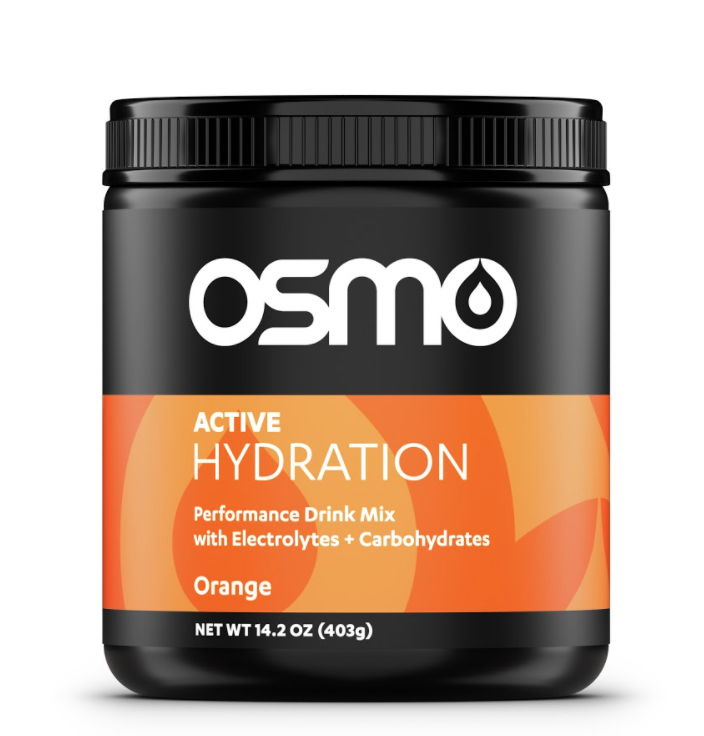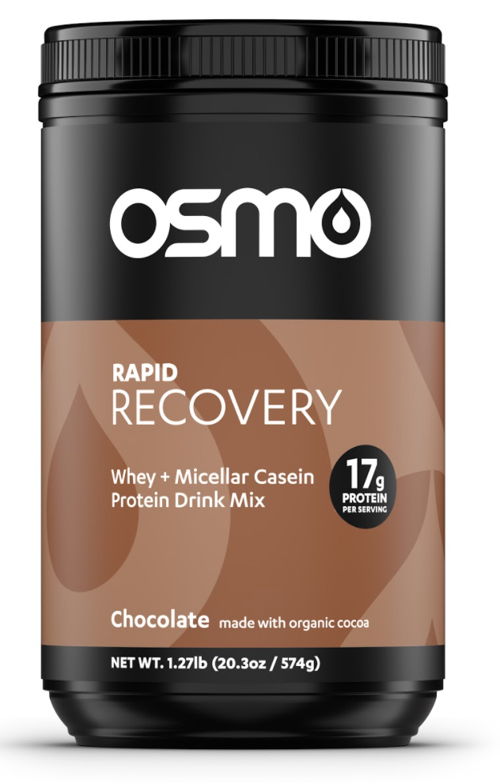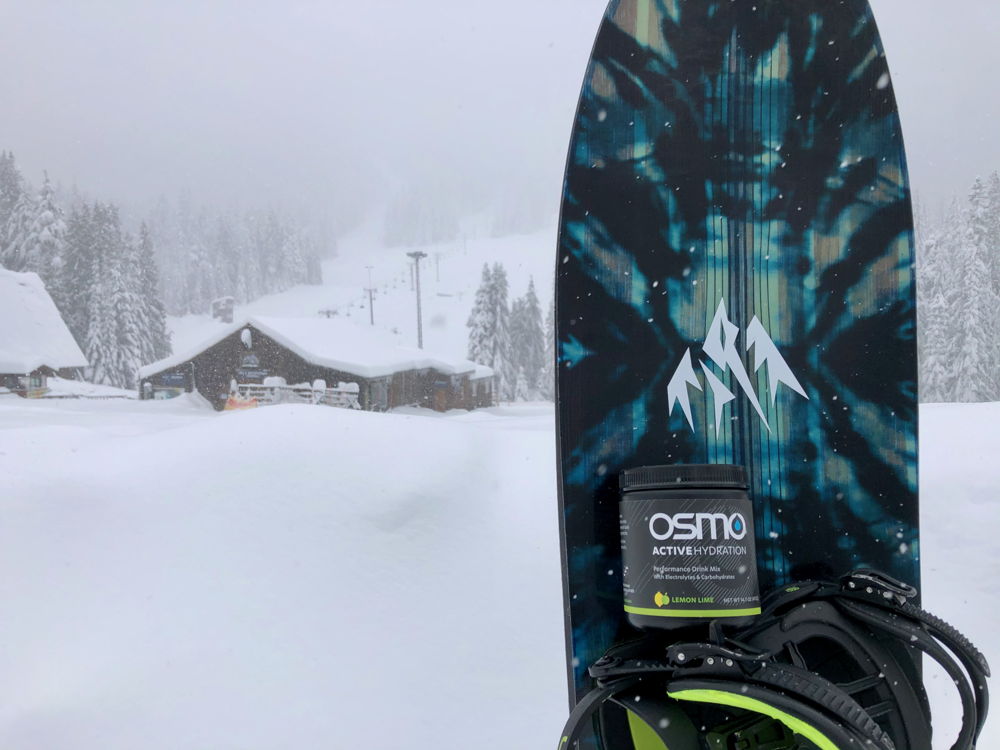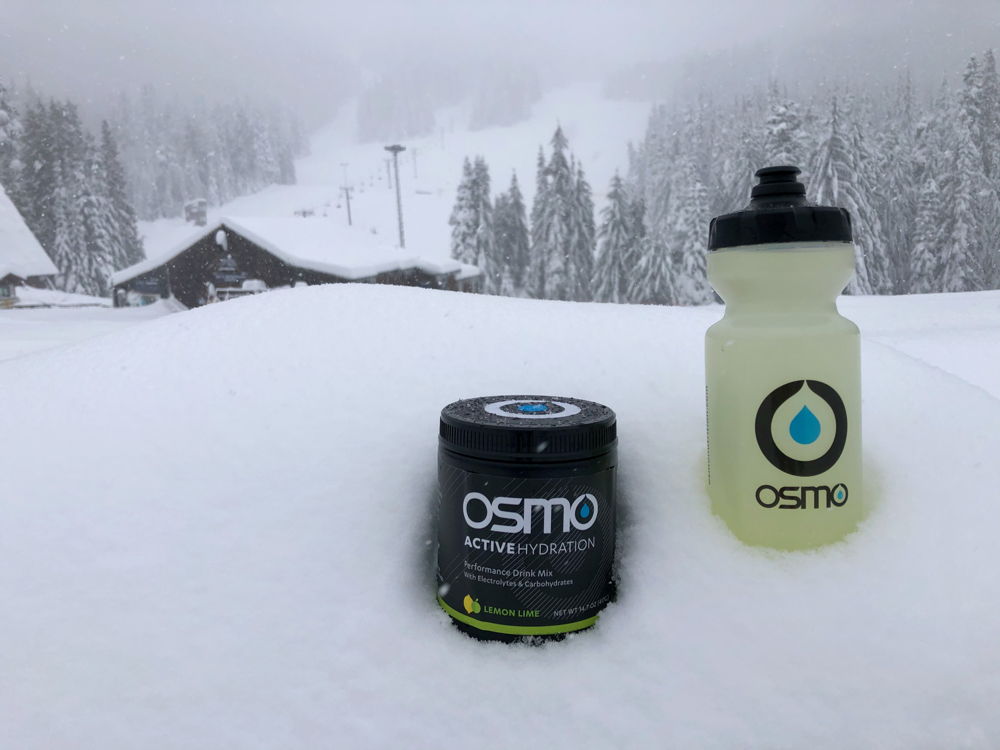Combat Cold-Weather Dehydration With Osmo
Not feeling thirsty in the cold? You could still be dehydrated

While most of us associate dehydration as a hot-weather issue, cold-weather presents a host of unique factors that can accelerate dehydration. This means that if you're skiing or snowboarding, you’ll need to be extra vigilant about staying hydrated.
Don’t let the cold weather fool you. When the temperature dips and our bodies shiver to stay warm, the last thing we think about is hydration, but dehydration in cold weather is a very real problem. We’re here to tell you why that is, what to look out for, and how to prepare so you can enjoy your winter sports feeling your best!
First, winter clothing tends to be bulky and can make the body work up to 40 percent harder than usual, increasing sweat losses. Pair that with an increased metabolic rate (our body’s mechanism for keeping us warm), and your body’s internal temperature will rise signaling evaporative cooling (a.k.a. sweating) to help regulate core body temperature.
Second, sweat evaporates more quickly in cold temperatures, swiftly turning into vapor. Not only does this contribute to dehydration, but because we don’t see sweat drops on our skin, it's easy to miss the cue to drink more fluids.
The third thing to consider in cold weather is respiratory water losses. Breathing cold, dry air causes the body to lose significant amounts of water through respiration. When you can see your breath on a cold winter day, what you’re actually seeing is water vapor that your body is losing. The colder the temperature and the more intense the exercise, the more vapor and fluids you’ll lose. This means that touring and bootpacking make you especially susceptible to dehydration.
Whether you're in the skin track or at the resort, take altitude into consideration. At altitude, you’ll be working a lot harder than you would be at sea level to achieve the same levels of blood oxygenation. To cope with the fall in atmospheric pressure at altitude, ventilation (the process of moving air in and out of the lungs) increases to meet the body’s demand for oxygen. Because our breath is saturated with water, the increased breathing rate results in increased water losses, prompting dehydration.
TIPS TO AVOID DEHYDRATION IN COLD TEMPERATURES
- Pre-hydrate with an electrolyte beverage like Osmo PreLoad before you exercise
- Sip fluids frequently when exercising outdoors, even if you’re not thirsty
- Drink warm or room-temperature fluids to help keep your internal body temperature regulated
- Wear wicking clothing which will do a better job regulating body temperature
- If you’re exercising outside for more than 2 hours or at a high intensity, drink about 16-32 oz. of Active Hydration per hour
- Monitor your urine. If it’s darker than light yellow, drink more fluids





